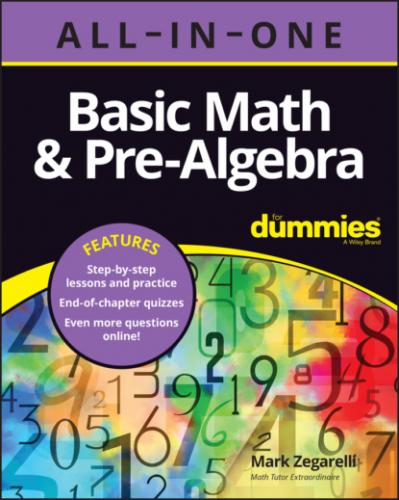539 551
540 552
541 553
542 554
543 555
544 556
545 557
546 558
547 559
548 560
549 561
550 562
551 563
552 564
553 565
554 566
555 567
556 568
557 569
558 570
559 571
560 572
561 573
562 574
563 575
564 576
565 577
566 578
567 579
568 580
569 581
570 582
571 583
572 584
573 585
574 586
575 587
576 588
577 589
578 590
579 591
580 592
581 593
582 594
583 595
584 596
585 597
586 598
587 599
588 600
589 601
590 602
591 603
Introduction
Does math really need to be so hard? Nope.
I say this speaking as a guy who has struggled with math as much as, if not more than, you have. Believe me. And a big part of the struggle often has more to do with the lack of clarity in how math is explained than with the actual math.
This is too bad, because the whole idea behind math is supposed to be clarity. In a world where so many things are unclear, 2 + 2 will always equal 4.
My second-greatest joy in teaching math is when a light breaks across a student’s face as they suddenly understand something new. My greatest joy, though, is what often follows: a skepticism that it couldn’t possibly be this easy.
When you approach math right, it’s almost always easier than you think. And a lot of the stuff that hung you up when you first saw it probably isn’t all that scary after all. Many students feel they got lost somewhere along the way on the road between learning to count to ten and their first day in an algebra class — and this may be true whether they’re 14 or 104. If this is you, don’t worry. You’re not alone, and help is right here!
About This Book
This book brings together the four components you need to make sense of math:
Clear explanations of each topic
Example questions with step-by-step answers
Plenty of practice problems (with more available online!)
Chapter quizzes to test your knowledge at the end of most chapters
Although you can certainly work through this book from beginning to end, you don’t have to. Feel free to jump directly to whatever chapter has the type of problems you want to practice. When you’ve worked through enough problems in a section to your satisfaction, feel free to jump to a different section. If you find the problems in a section too difficult, flip back to an earlier section or chapter to practice the skills you need — just follow the cross-references.
Foolish Assumptions
If you’re planning to read this book, you likely fall into one of these categories:
A student who wants a solid understanding of the basics of math for a class or test you’re taking
An adult who wants to improve skills in arithmetic, fractions, decimals, percentages, weights and measures, geometry, algebra, and so on for when you have to use math in the real world
Someone who wants a refresher so you can help another person understand math
My only assumption about your skill level is that you can add, subtract, multiply, and divide. So, to find out whether you’re ready for this book, take this simple test:
| 4 + 7 = ____ | 13 – 5 = ____ | 9 × 3 = ____ | 35 ÷ 7 = ____ |
If you can answer these four questions correctly (the answers are 11, 8, 27, and 5), you’re ready to begin.
Icons Used in This Book
You’ll see the following five icons throughout the book:
